Las 10 mejores aplicaciones que generalmente se consideran esenciales para la mayoría de los teléfonos inteligentes
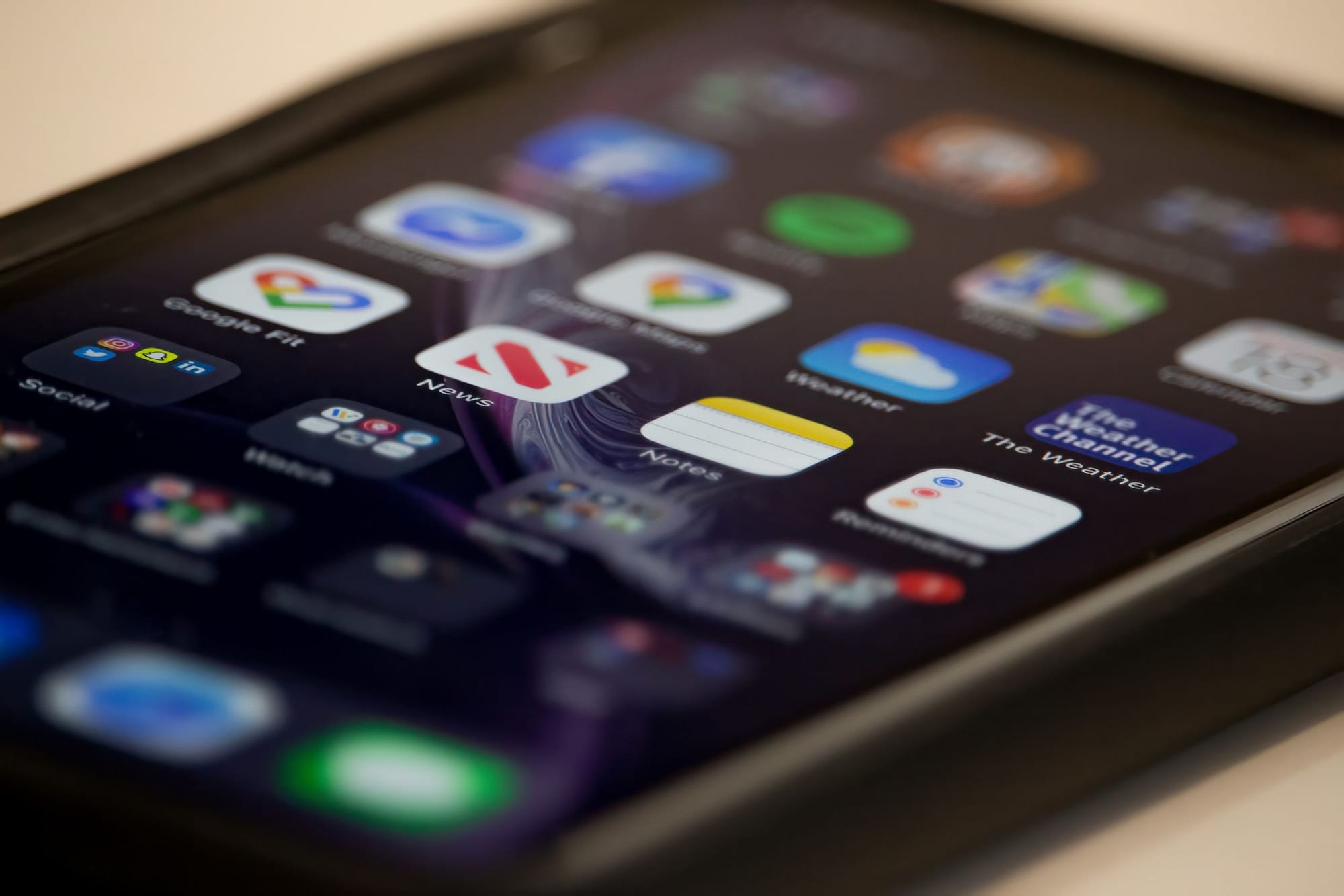
Top 10 apps
Sure, here are the top 10 apps that are generally considered essential for most smartphones:
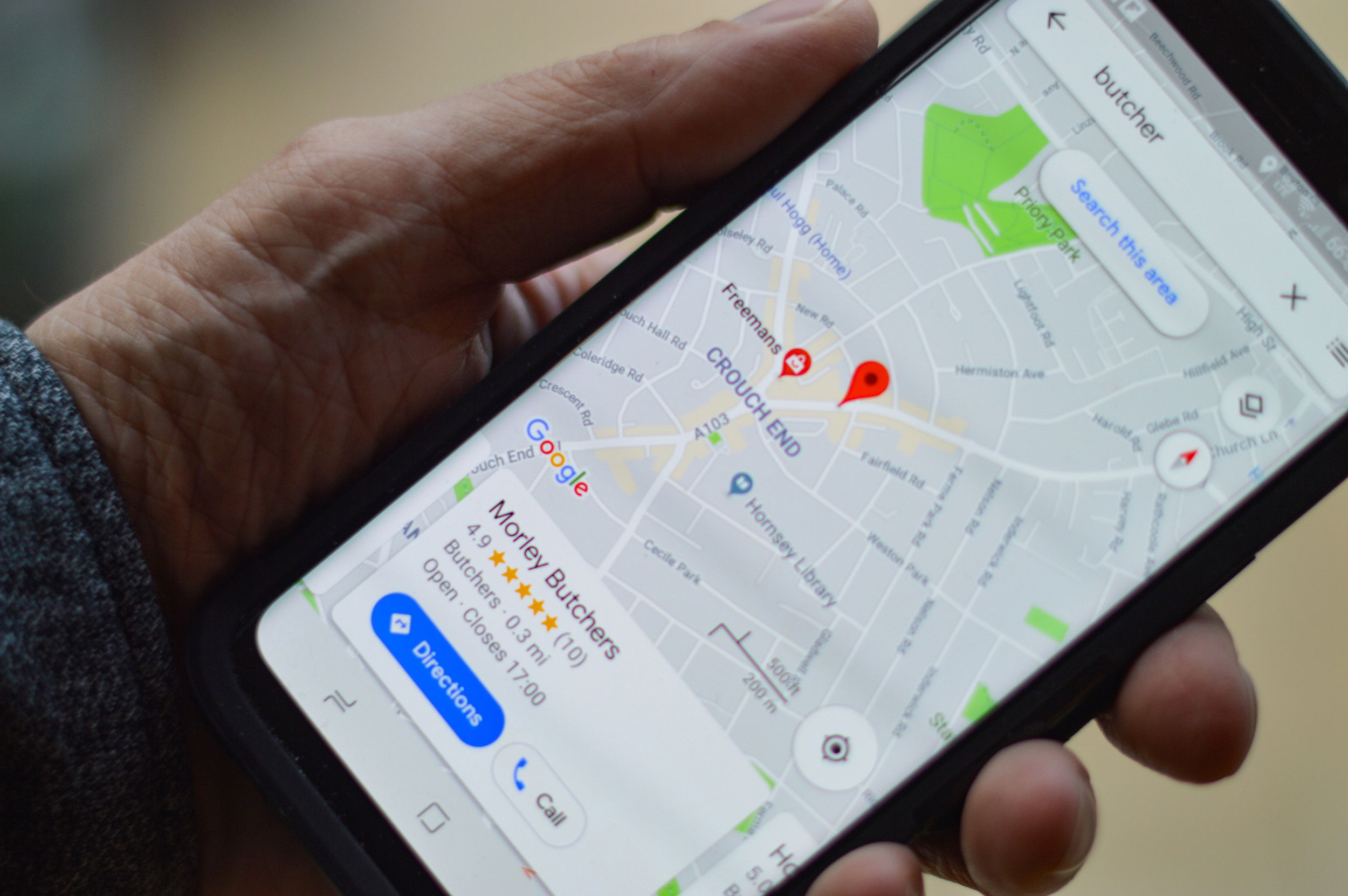
1. Google Maps: For navigation and finding local businesses.
Google Maps is a widely used mapping and navigation service developed by Google. It offers a variety of features that make it an essential app for many smartphone users:
1. **Mapping and Navigation**: Google Maps provides detailed maps of virtually every location on Earth, allowing users to search for specific addresses, businesses, and points of interest. It also offers turn-by-turn navigation for driving, walking, and public transportation, with real-time traffic updates to help users find the fastest routes.
2. **Local Business Information**: Users can find information about local businesses, including their hours of operation, contact information, reviews, and even photos. This makes it easy to discover new restaurants, shops, and services in any area.
3. **Street View**: Google Maps integrates Street View, which allows users to virtually explore streets and neighborhoods through 360-degree panoramic images. This feature can be particularly helpful for getting a sense of a place before visiting in person.
4. **Offline Maps**: Google Maps allows users to download maps for offline use, which can be incredibly useful when traveling to areas with limited or no internet connectivity.
5. **Integration with Other Google Services**: Google Maps seamlessly integrates with other Google services, such as Google Search and Google Photos, making it easy to access additional information and content related to specific locations.
Overall, Google Maps is a versatile and powerful app that provides users with essential mapping, navigation, and local business information, making it an indispensable tool for both everyday use and travel.

2. WhatsApp: For messaging and making calls.
WhatsApp is a popular messaging and voice-over-IP service owned by Facebook. It offers a range of features that make it a widely used communication app:
1. **Messaging**: WhatsApp allows users to send text messages, photos, videos, and documents to individuals or groups. It also supports voice messages, which can be convenient for quick communication.
2. **Voice and Video Calls**: In addition to messaging, WhatsApp enables users to make voice and video calls to other WhatsApp users over an internet connection, which can be especially useful for international calls.
3. **End-to-End Encryption**: WhatsApp provides end-to-end encryption for messages and calls, ensuring that only the sender and the recipient can read or listen to the content, adding a layer of privacy and security to the communication.
4. **Status Updates**: Users can share text, photos, videos, and GIFs as status updates, which disappear after 24 hours, similar to the "Stories" feature on other social media platforms.
5. **WhatsApp Web**: WhatsApp offers a web-based interface that allows users to send and receive messages from their computer's web browser, providing a seamless cross-platform experience.
6. **Integration with Phone Contacts**: WhatsApp automatically syncs with a user's phone contacts, making it easy to connect with friends and family who also use the app.
Overall, WhatsApp is a versatile and user-friendly app that provides a convenient way to stay in touch with others through messaging, voice and video calls, and status updates, all while prioritizing user privacy and security through end-to-end encryption.

3. Spotify: For streaming music and podcasts.
Spotify is a popular music streaming service that allows users to listen to a wide variety of songs, albums, and playlists on demand.
Users can create their own playlists, follow other users' playlists, and discover new music based on their listening preferences.
The app offers a free version with ads and limitations, as well as a premium subscription that provides ad-free listening, offline playback, and higher quality audio.
Additionally, Spotify offers personalized recommendations, curated playlists, and a social feature that allows users to share music with friends. Overall, Spotify provides a convenient and extensive platform for music lovers to explore, discover, and enjoy their favorite tunes.
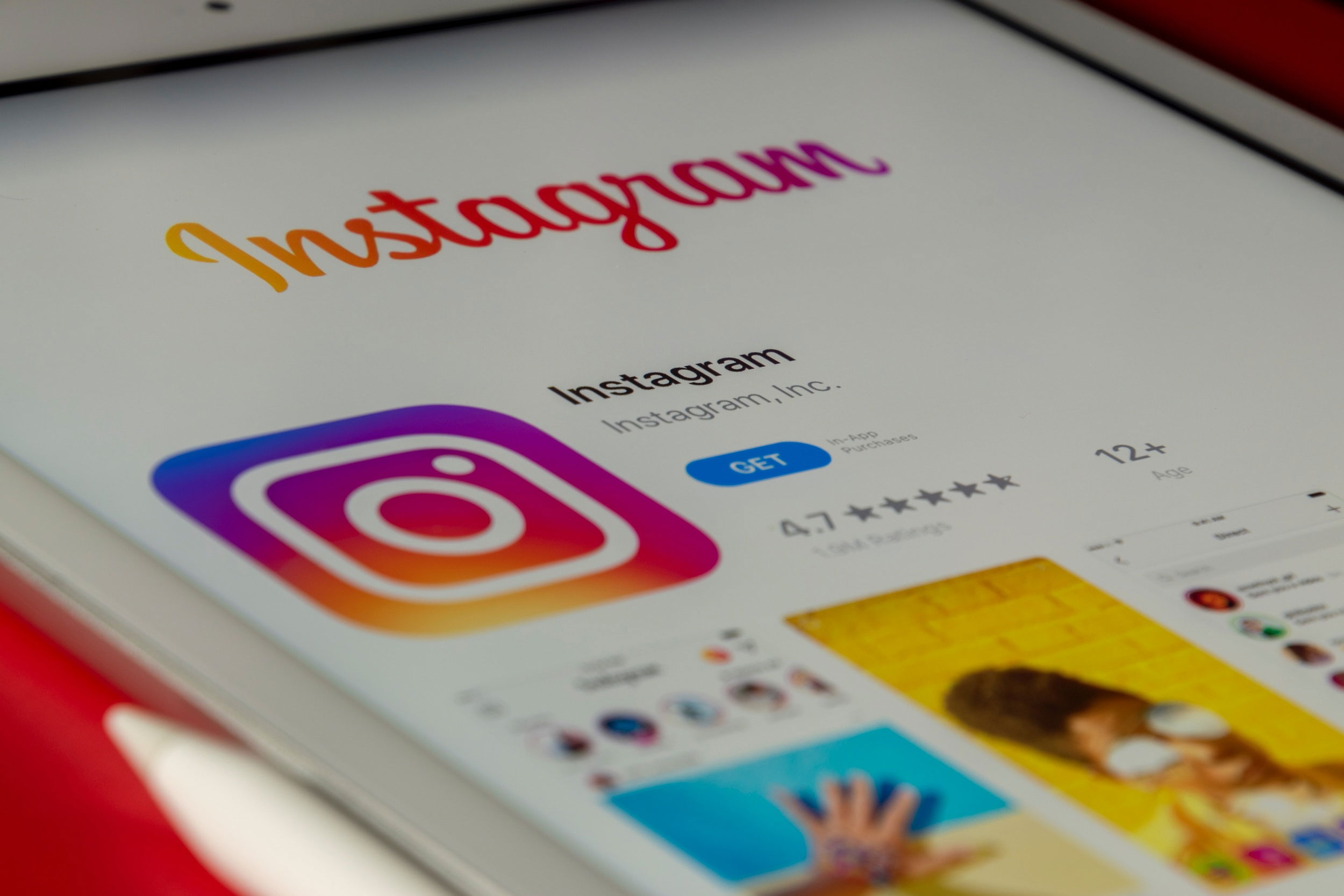
4. Instagram: For sharing photos and videos.
Instagram is a popular social media platform that allows users to share photos and videos with their followers.
It was created by Kevin Systrom and Mike Krieger and launched in 2010. Users can upload photos and videos, apply filters, and share them on their profile.
They can also follow other users, like and comment on posts, and send direct messages.
Instagram also has features like Stories, IGTV, and Reels, which allow users to share short-form videos and content that disappears after 24 hours.
The platform is widely used for personal and business purposes, and it has become a key tool for social networking, content creation, and digital marketing.

5. Netflix: For streaming movies and TV shows.
Netflix is a popular streaming service that offers a wide variety of TV shows, movies, documentaries, and original content across a range of genres and languages.
It was founded in 1997 and has since grown to become one of the leading providers of on-demand entertainment.
Users can access Netflix through its website or dedicated apps on various devices, such as smart TVs, smartphones, tablets, and gaming consoles.
Subscribers pay a monthly fee for access to Netflix's content library, which includes both licensed and original programming.
The platform uses algorithms to recommend content based on a user's viewing history and preferences. Additionally, Netflix allows users to create multiple profiles within a single account, enabling personalized recommendations for each user.
Netflix has also gained acclaim for its original content, including series like "Stranger Things," "The Crown," and "House of Cards," as well as original movies and documentaries.
The service has expanded globally, making its content available in numerous countries, and it continues to invest in producing and acquiring new content to cater to a diverse audience.
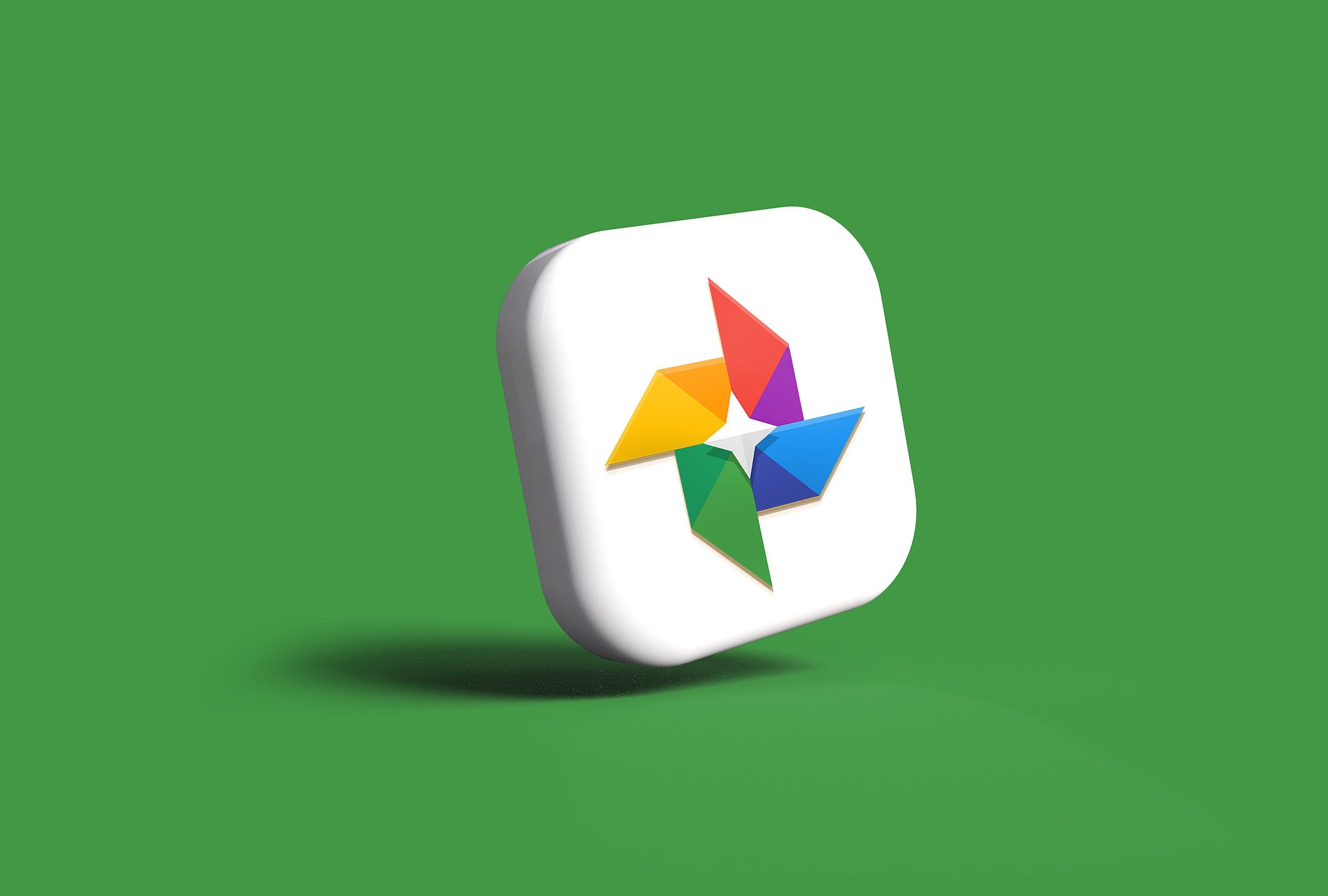
6. Google Photos: For storing and organizing photos and videos.
Google Photos is a cloud-based photo and video storage service developed by Google. It allows users to back up and store their media files, organize them, and access them from various devices.
The application offers features such as automatic backup, which uploads photos and videos from a user's device to their Google account, and synchronization across devices, enabling users to access their media from smartphones, tablets, and computers.
Google Photos also provides powerful search functionality, allowing users to find specific photos based on objects, people, or locations depicted in the images.
The application uses artificial intelligence to automatically categorize and group photos, making it easier for users to locate specific images within their collection.
Furthermore, Google Photos offers editing tools for enhancing and modifying photos, as well as the ability to create albums, collages, and animations. Users can also share their photos and videos with others through the application.
One of the notable aspects of Google Photos is its free storage option for high-quality photos and videos, which can help users save space on their devices.
Additionally, the service offers paid storage plans for users who require additional space beyond the free quota.
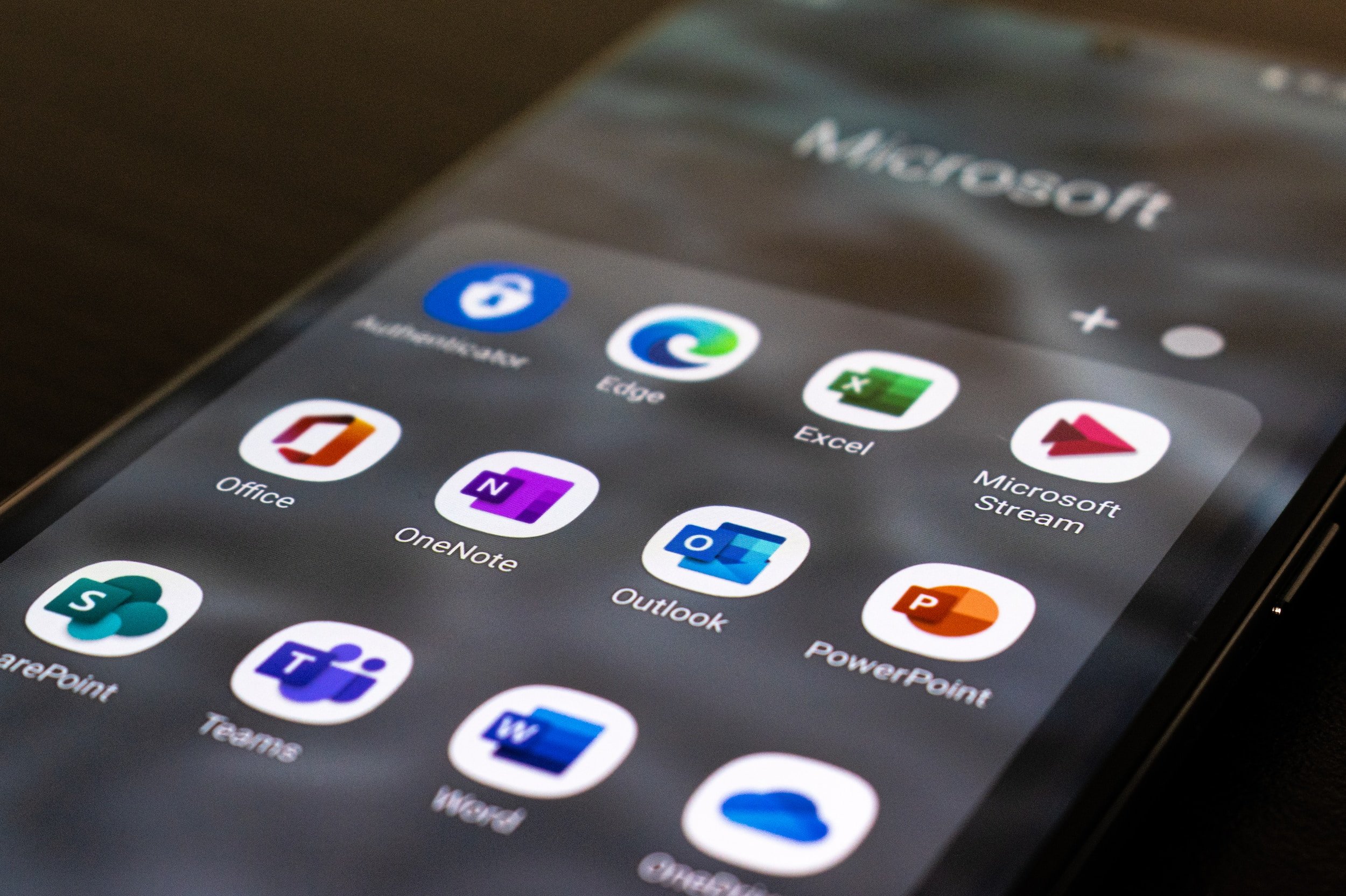
7. Microsoft Office : For productivity and document editing.
Microsoft Office is a suite of productivity applications developed by Microsoft. It includes a variety of programs designed to help users create, edit, and manage documents, spreadsheets, presentations, and more.
The core applications in the Microsoft Office suite typically include:
1. Microsoft Word: A word processing program used for creating and editing text-based documents such as letters, reports, and essays.
2. Microsoft Excel: A spreadsheet application used for organizing, analyzing, and visualizing data through tables and charts.
3. Microsoft PowerPoint: A presentation program used for creating slideshows and visual presentations, often used in business meetings, educational settings, and conferences.
In addition to these core applications, Microsoft Office often includes other programs such as Outlook for email and scheduling, Access for database management, and OneNote for note-taking and information organization.
Over the years, Microsoft has expanded its Office suite to include cloud-based services such as Microsoft 365, which offers online collaboration, file storage, and communication tools.
Microsoft Office is widely used in both personal and professional settings, and it has become a standard in many workplaces for creating and managing various types of documents and data.
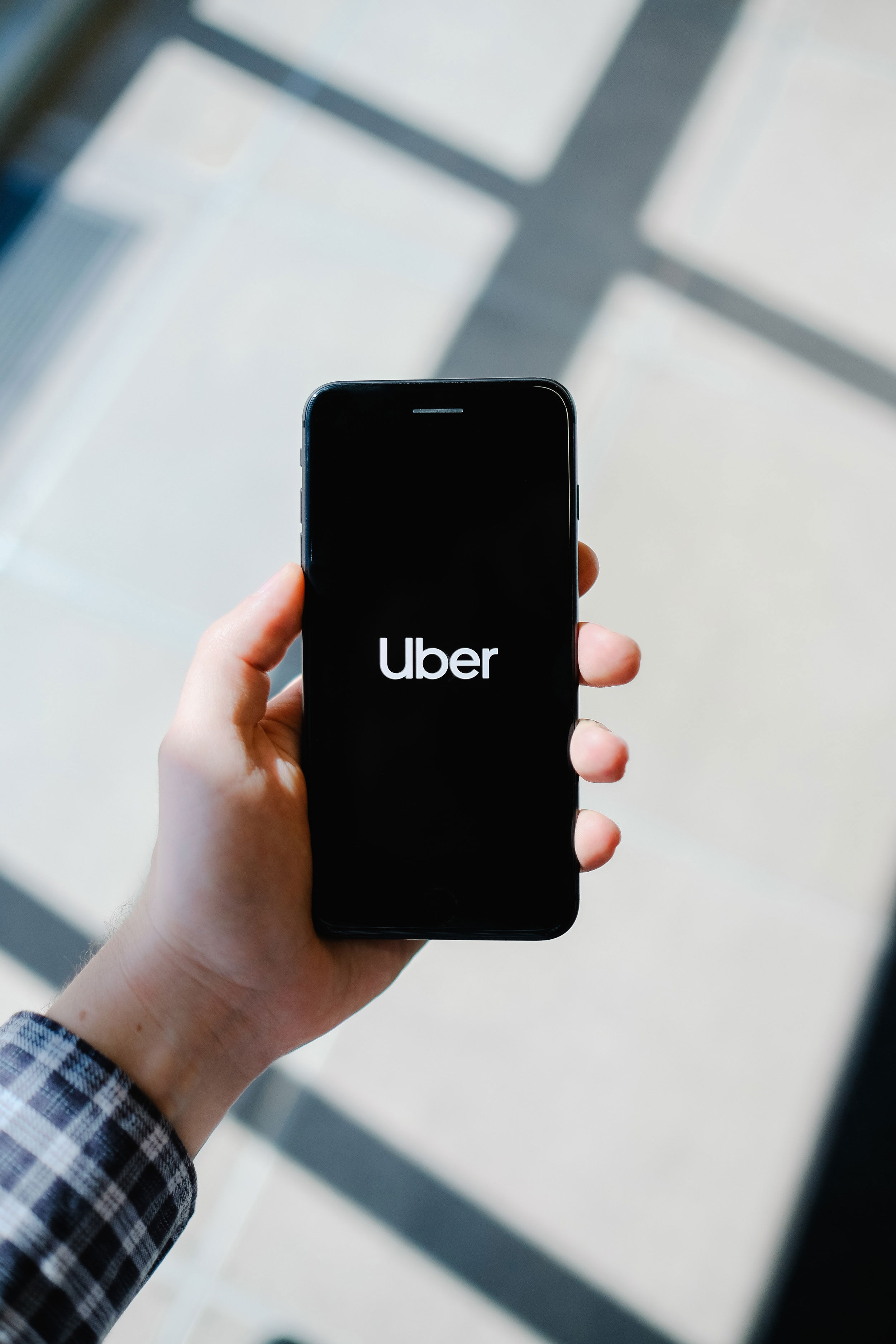
8. Uber/Lyft: For convenient transportation.
The Uber and Lyft applications are both popular ride-sharing platforms that connect passengers with drivers through a mobile app.
Users can request a ride from their current location to a desired destination, and nearby drivers receive the request and can choose to accept it.
Once a driver accepts the ride, the user can track the driver's location in real time and receive an estimated time of arrival.
The apps provide information about the driver, including their name, photo, and the type of vehicle they are driving. Users can also see the fare estimate before confirming the ride.
Payment is typically handled through the app, with options for credit/debit cards, digital wallets, or other payment methods.
Both Uber and Lyft offer various ride options, including standard rides, shared rides, and premium services, allowing users to choose the type of vehicle and level of service that best suits their needs.
Additionally, these platforms often provide features for scheduling rides in advance, splitting fares with other passengers, and rating drivers based on their service.
Overall, Uber and Lyft have revolutionized the transportation industry by providing convenient, on-demand ride services through user-friendly mobile applications.
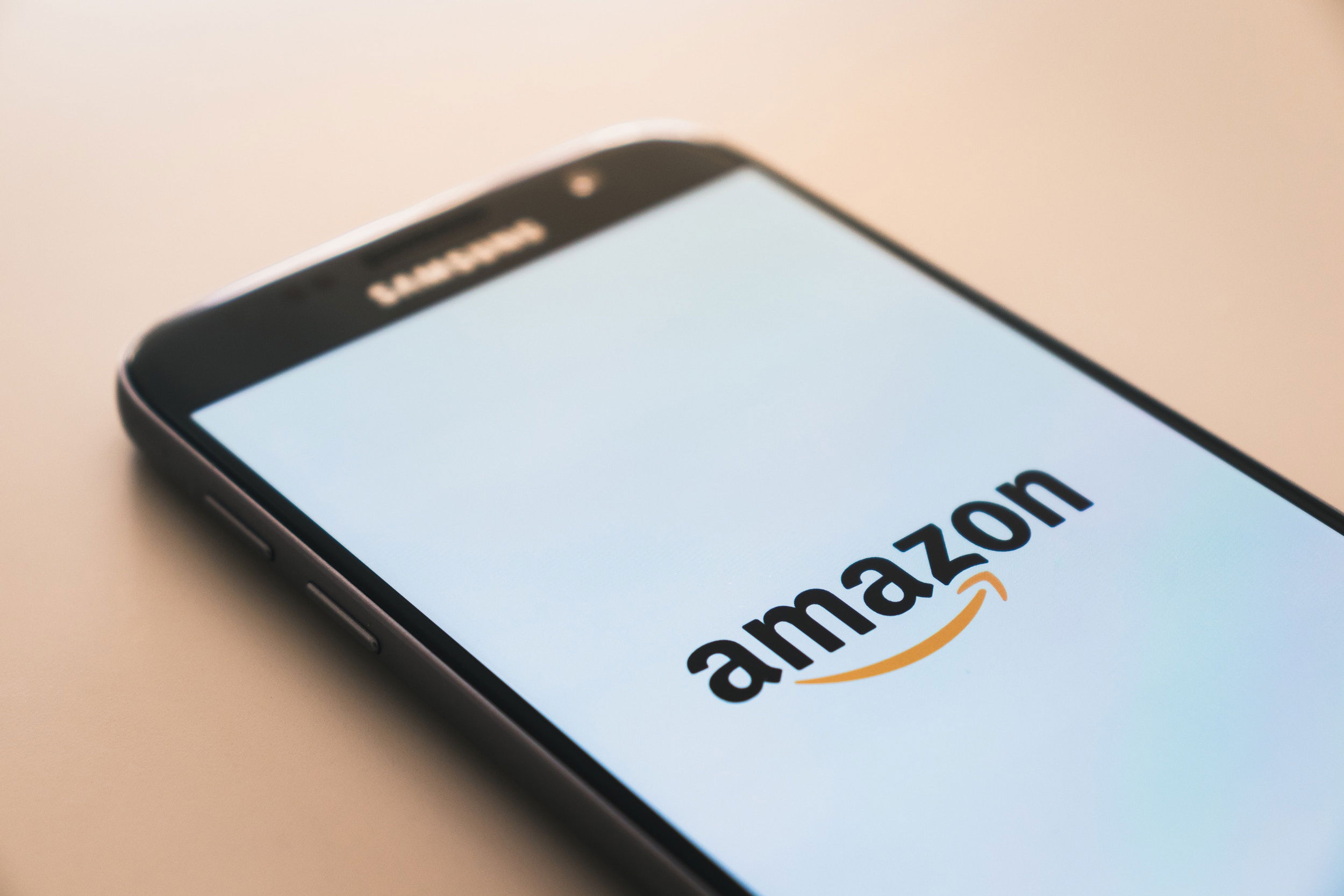
9. Amazon: For online shopping and delivery.
The Amazon application, often referred to as the Amazon Shopping app, is a mobile application developed by Amazon that allows users to browse, search for, and purchase a wide range of products directly from their smartphones or tablets.
The app provides access to Amazon's extensive online marketplace, where users can find items such as electronics, clothing, books, household goods, and much more.
Key features of the Amazon app include:
1. Product Search and Browsing: Users can search for specific products or browse through various categories to discover items of interest.
2. Product Details and Reviews: The app provides detailed information about products, including descriptions, specifications, prices, and customer reviews, helping users make informed purchasing decisions.
3. Secure Purchasing: Users can add items to their shopping cart and complete purchases using various payment methods, including credit/debit cards, Amazon Pay, and other options.
4. Order Tracking: After making a purchase, users can track the status of their orders, view estimated delivery dates, and receive notifications about their shipments.
5. Personalized Recommendations: Amazon's app uses algorithms to provide personalized product recommendations based on a user's browsing and purchasing history.
6. Amazon Prime Integration: Users with an Amazon Prime membership can access additional features, such as free two-day shipping on eligible items, streaming of movies and TV shows, and more.
Overall, the Amazon app offers a convenient and user-friendly way for individuals to shop for a wide variety of products, access exclusive deals, and manage their orders and account settings on the go.
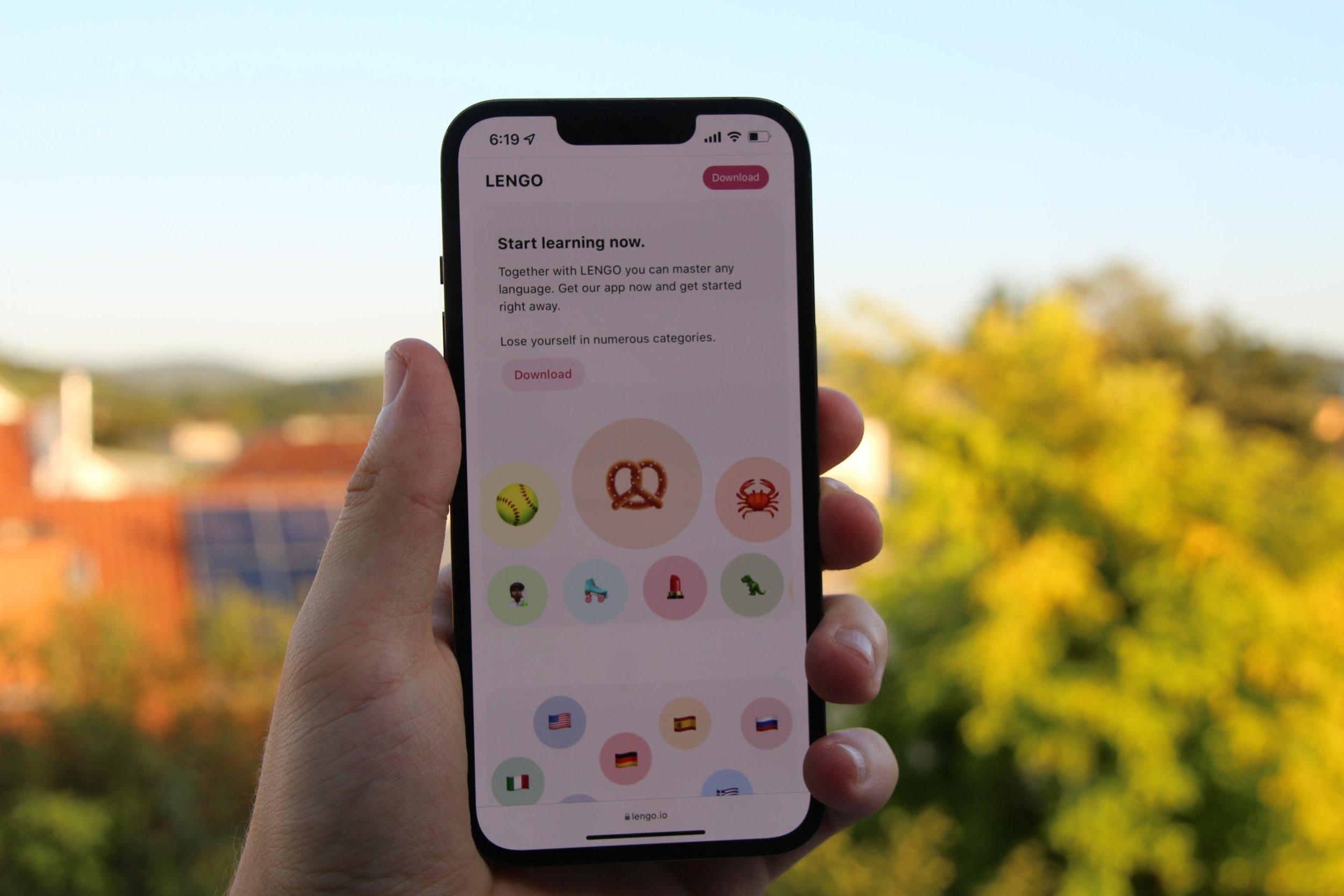
10. Duolingo: For learning new languages.
The Duolingo application is a popular language-learning platform that offers interactive lessons for users to learn a new language.
The app provides a gamified approach to language learning, making it engaging and accessible for learners of all ages.
Key features of the Duolingo app include:
1. Language Courses: Duolingo offers a wide range of language courses, including popular languages such as Spanish, French, German, and Japanese, as well as less commonly taught languages.
2. Interactive Lessons: The app uses a variety of exercises, including listening, speaking, reading, and writing, to help users develop their language skills.
3. Gamification: Duolingo incorporates game-like elements, such as earning points, leveling up, and competing with friends, to motivate users to continue learning.
4. Personalized Learning: The app adapts to each user's learning style and pace, providing personalized feedback and recommendations to enhance the learning experience.
5. Progress Tracking: Users can track their learning progress, set goals, and receive achievements as they advance through the lessons.
6. Accessibility: Duolingo is available on various platforms, including mobile devices and web browsers, allowing users to learn anytime, anywhere.
Overall, the Duolingo app is designed to make language learning fun, effective, and accessible for a global audience, making it a popular choice for individuals looking to learn a new language at their own pace.
Of course, the best apps for you will depend on your personal interests and needs, but these are generally popular and useful choices.
THANKS
BY
Maher
Comentarios